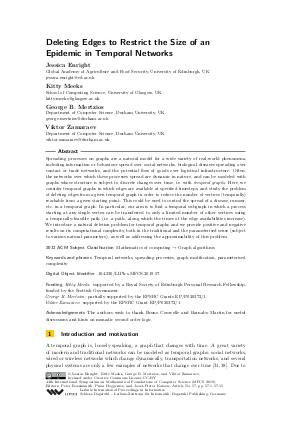LIPIcs.MFCS.2019.57.pdf
- Filesize: 0.51 MB
- 15 pages

 Creative Commons Attribution 3.0 Unported license
Creative Commons Attribution 3.0 Unported license


































Feedback for Dagstuhl Publishing